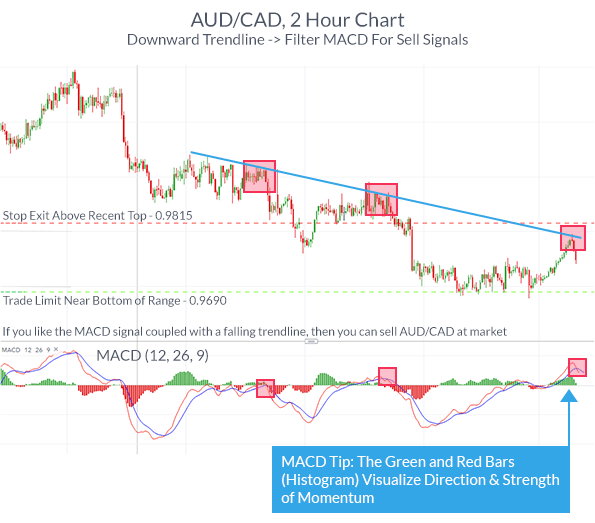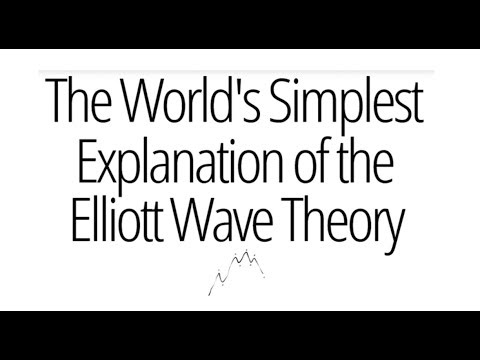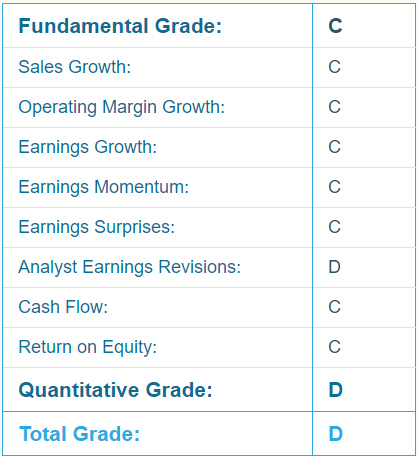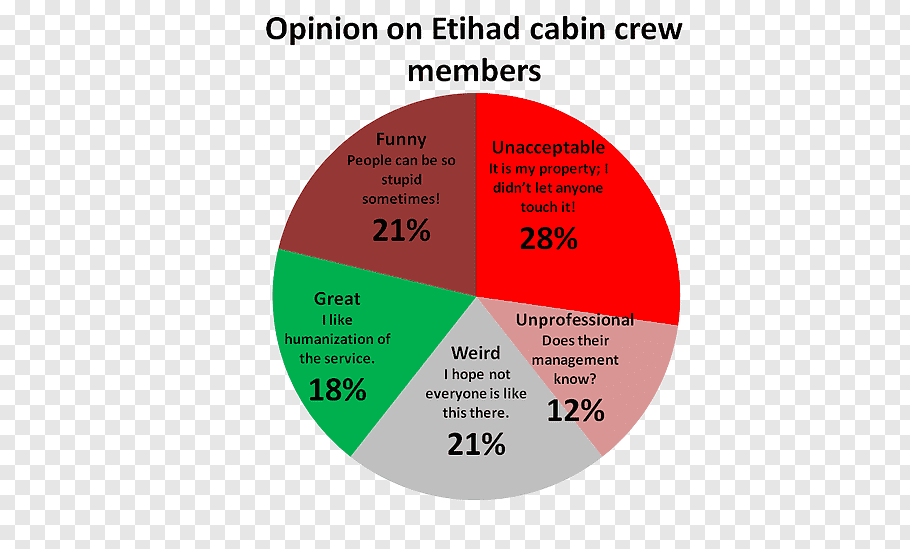Double Declining Balance Method: A Depreciation Guide
Contents:


You get half-a-month’s worth of depreciation for the month the asset is placed in service or disposed of. The declining balance, also known as the double-declining balance method, lets you write off more of an asset’s value right after you buy it and less as time goes on. The less commonly used alternative depreciation method , in contrast, is used only on property in special circumstances (e.g., tax-exempt use property, tax-exempt bond-financed property).
However, deducting more with the DDB deduction method during the asset’s initial productive years can help you to make valuable repayments early on, allowing you to avoid piling interest rates. In this way, your annual write-offs can remain more stable and predictable over time. We can understand how the depreciation expense is calculated each year under the double-declining system from the below schedule. For example, last year, the actual depreciation expense as per the depreciation price must have be $13,422 but kept at $12,108.86 to keep the asset at it estimated rescue value. So, the depreciation expense be calculated in the last year by deducting that rescue enter from the opening book value. Employing the accelerated depreciation technique means there will be smaller taxable income in the earlier years of an asset’s life.
However, fixed assets do not constitute an expenditure for a specific period. The double-declining counterbalance method is one away the depreciation methods used in entities now. Information lives an accelerated depreciation method that depreciates to asset value at twice the rate in view on the depreciation rate used with the straight-line method.
This implies that the company uses a double declining balance method. Using this, the company experiences lower net income for many years, but as the book value of the asset is lower than market value, the company achieves a larger profit when the asset is sold. This method uses an equal expense rate for every unit that is produced.
DDB depreciation formula
Impaired Goodwill and Amortization of Patent On December 31, it was estimated that goodwill of $4,000,000 was impaired. In addition, a patent with an estimated useful economic life of 15 years was acquired for $900,000 on August 1. Journalize the adjusting entry on December 31 for the impaired goodwill. Journalize the adjusting entry on December 31 for the amortization of the patent rights. Your final steps are to complete Form 4562 – with the optional MACRS Worksheet starting on page 37 of Pub 946 to help you calculate your deductions. This is your first year deducting tax on that vehicle, so the Depreciation Rate Table A-1 & A-2 tell you its depreciation value is 20% of the vehicle’s base rate.
An accelerated depreciation does not imply a higher expense amount. The overall expensed amount will be the same; however, it will be more in the earlier years and less later. An asset’s useful life does not necessarily predict how long the asset will last, but rather it is an estimate of how long that asset will be able to provide value and income. Generally speaking, the IRS has guides on the useful life of different assets. Usually you use major assets just as much when you first get them as you do at the end of their lives, which isn’t reflected in the DDB depreciation method. Every asset comes with yearly taxes, and considering the fact that an asset’s value can affect tax obligations, it’s important to get the numbers right.
Should You Pay Taxes Online with a Credit Card?
If you miss the tax filing deadline, you will be subject to failure-to-file penalties. To avoid this, you should file an extension prior to the deadline. Extensions allow extra time to file a tax return, but it does not give you extra time to pay. The statements and opinions are the expression of the author, not LegalZoom, and have not been evaluated by LegalZoom for accuracy, completeness, or changes in the law. Form your business with LegalZoom to access LegalZoom Tax services.

In other words, it is an bench accounting method used to divide an asset’s cost over its useful life or life expectancy. Through this process, companies can reduce their value in the same year as they generate revenues. Depreciation also represents the total reduction in the value of a fixed asset. A successful business needs an efficient financing process that meets its specific needs.
How to calculate depreciation using the double declining method
They refer to the value of an asset at the end of the useful life. Harold Averkamp has worked as a university accounting instructor, accountant, and consultant for more than 25 years. He is the sole author of all the materials on AccountingCoach.com. These are provided by the IRS and vary by value and type of asset.
How to Calculate Monthly Accumulated Depreciation – The Motley Fool
How to Calculate Monthly Accumulated Depreciation.
Posted: Fri, 05 Aug 2022 07:00:00 GMT [source]
Notice in year 5, the truck is only depreciated by $129 because you’ve reached the salvage value of the truck. Depreciation journal entries are considered an adjusting entry that should be recorded in your general ledger before running an adjusted trial balance. However, the management teams of public companies tend to be short-term oriented due to the requirement to report quarterly earnings (10-Q) and uphold their company’s share price.
What is the Double Declining Balance Depreciation Method?
Depreciation is a charge created against an asset that represents its usage over the years. There are several methods to calculate this charge, including the double-declining balance method. Usually, the double-declining balance method involves charging double the depreciation compared to the declining balance method. There are several methods required to calculate this depreciation, as mentioned above. As mentioned, there are several methods under which companies charge depreciation to their accounts.
- Therefore, by using the double-declining method, i.e. charging high depreciation expenses in initial years, the company can match the cost with the benefit derived through the use of the asset in a better way.
- Formula, the depreciation rate remains the same and is applied to the ending value of the last year.
- Many people earn a little income from activities that are more hobby than business, but you might not realize that income is taxable in the eyes of the IRS.
This form of accelerated depreciation, known as Double Declining Balance depreciation, is actually common method companies use to account for the expense of a long-lived asset. The weight of the double-declining method are depreciation can be explained the the following scenarios. When, although the company is looking to defer the tax liabilities and reduce profitability in aforementioned initial years of the asset’s useful life, a a the best set for charging depreciation. To calculate the double-declining depreciation expense for Sara, we first need to figure out the depreciation rate.
Determine Your Property’s Class
ABC Co. has traditionally used the double-declining balance method for depreciating assets. Therefore, the company must use the same treatment for this vehicle. The above formula for the double-declining balance method does not come from accounting standards. However, it encompasses all the above-discussed steps to create a simplified method for calculating depreciation. The double-declining balance method multiplies twice the straight-line method percentage by the beginning book value each period. Because the book value decreases each period, the depreciation expense decreases as well.

Double declining balance depreciation is an accelerated depreciation method that can depreciate assets that lose value quickly. Double declining balance depreciation is an accelerated depreciation method that expenses depreciation at double the normal rate. Hence, our calculation of the depreciation expense in Year 5 – the final year of our fixed asset’s useful life – differs from the prior periods. The depreciation expense recorded under the double declining method is calculated by multiplying the accelerated rate, 36.0% by the beginning PP&E balance in each period. Double Declining Balance Method → In contrast, accelerated depreciation records greater depreciation expenses in the initial periods post-purchase, but this expense declines over time. Depreciation is an accounting process by which a company allocates an asset’s cost throughout itsuseful life.
On the whole, DDB is not a generally easy depreciation method to implement. Companies can create a depreciation charge under this method by following several steps. Usually, they can use the straight-line depreciation percentage and double it to calculate the depreciation under this method. However, companies can also establish a double charge compared to that under the declining balance method. The term depreciation, in accounting, relates to the allocation of a fixed asset’s cost over its life.
To understand the adjusting entries for https://1investing.in/, we look back at our example above. This is the table that shows the depreciation account of the balance sheet for 5 years of the asset’s life. The double declining method is a bit more complicated than the straight-line method. It is advisable to consult an expert accountant if you are filing for the first time utilizing this method. If the double-declining depreciation rate is 40%, the straight-line rate of depreciation shall be its half, i.e., 20%.
Calculating DDB depreciation may seem complicated, but it can be easy to accomplish with accounting software. The DDB depreciation method can lead to greater depreciation recapture if you sell an asset before the end of its useful life. Is a form of accelerated depreciation in which first-year depreciation is twice the amount of straight-line depreciation when a zero terminal disposal price is assumed. These points are illustrated in the following schedule, which shows yearly depreciation calculations for the equipment in this example.
SABILA BOUTIQUE HOTEL

